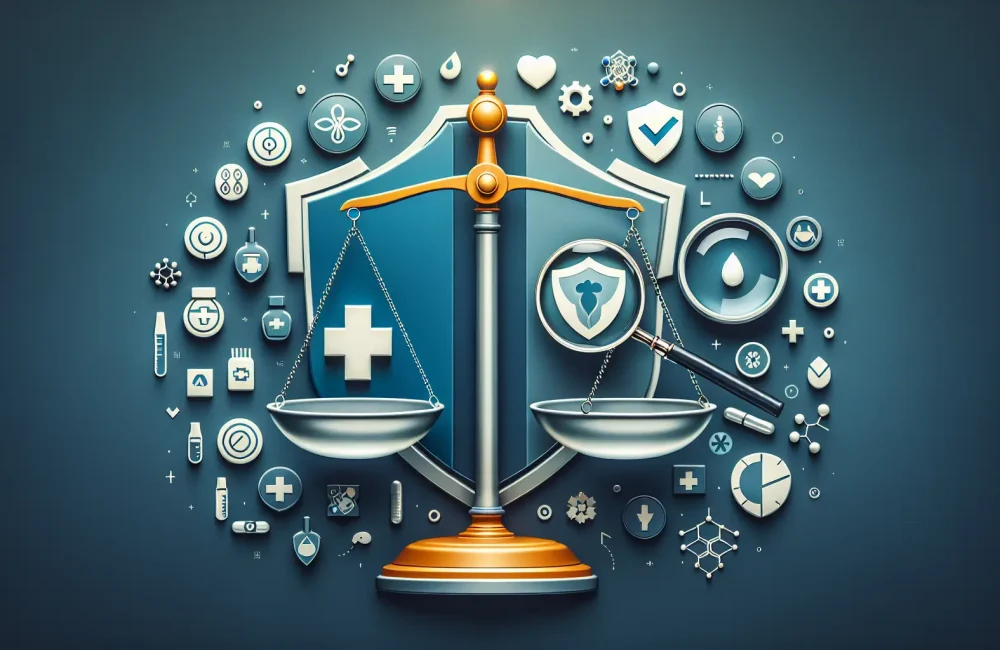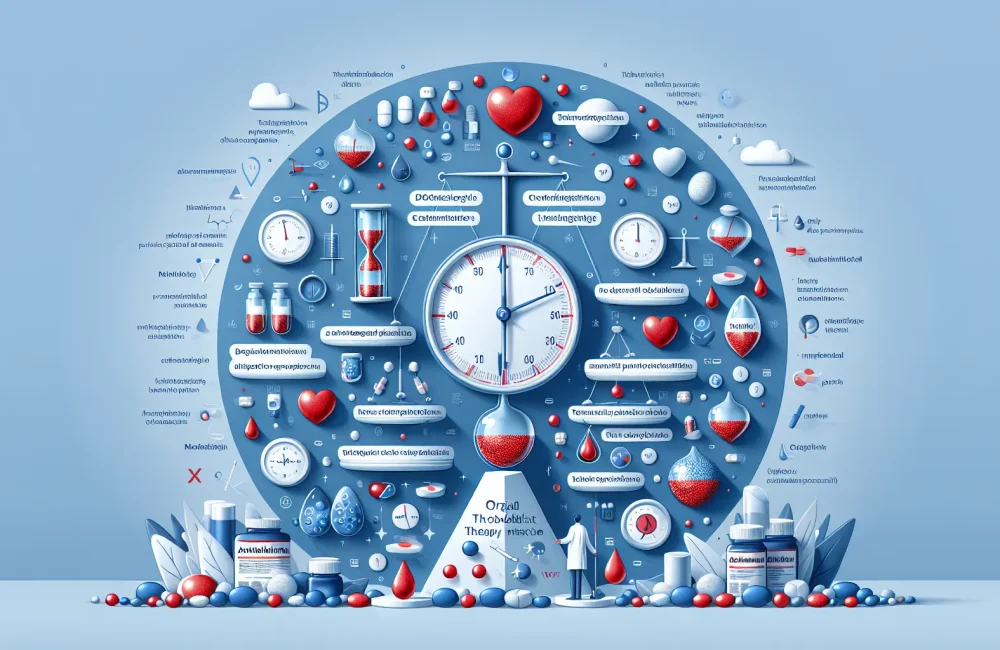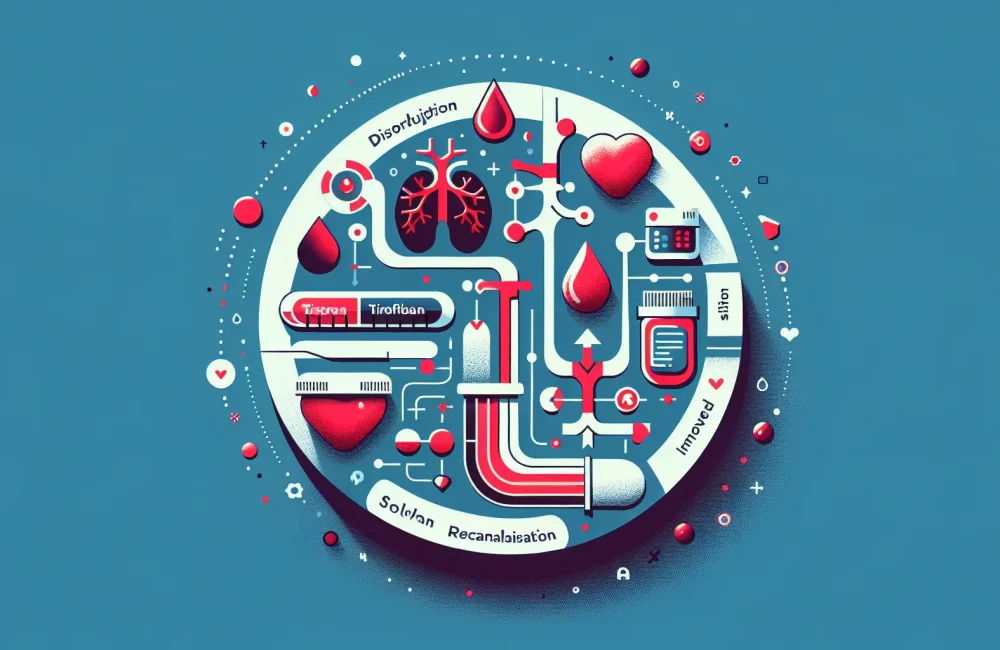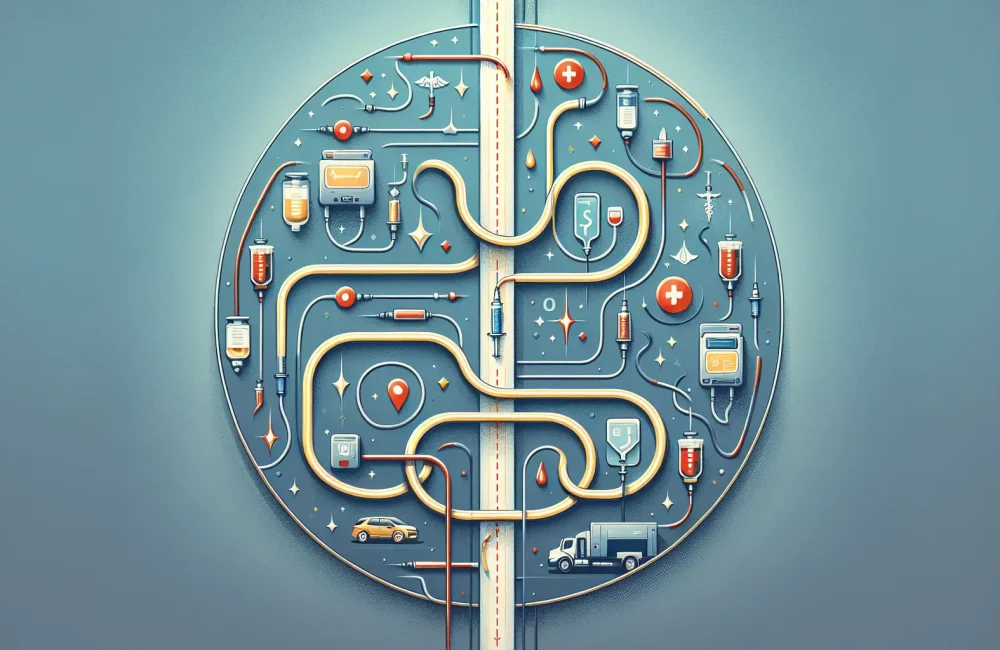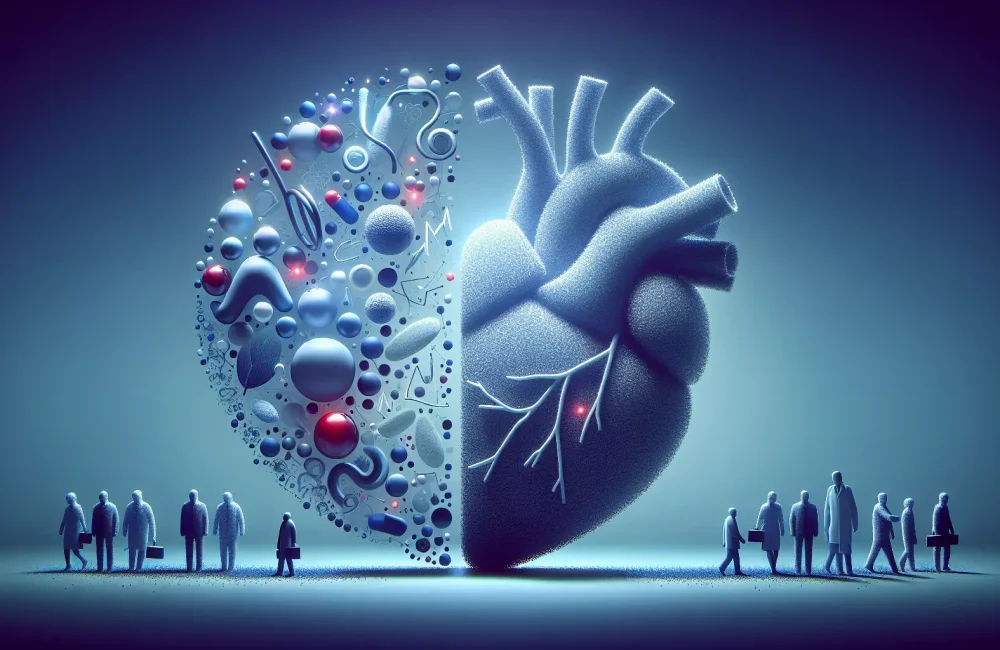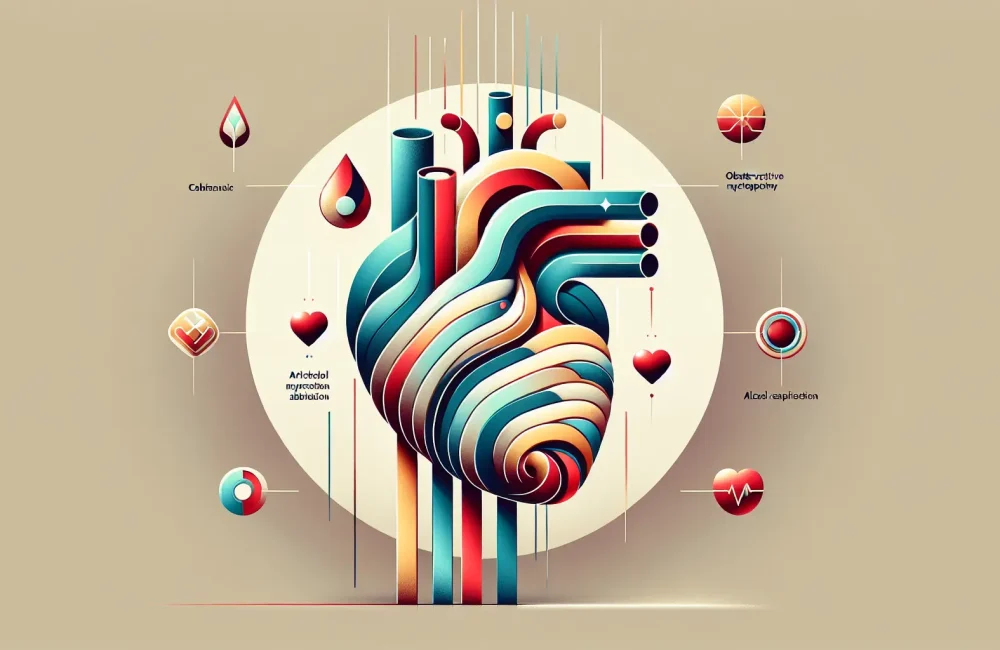By CAFMI AI From New England Journal of Medicine
Early Recognition of Harm in Clinical Practice
Recognizing harm early in clinical settings is a critical component in improving patient outcomes and enhancing overall healthcare quality. The article “See the Harm” underscores the ethical and practical necessity for clinicians to be vigilant in identifying signs of potential adverse events. Early recognition enables timely intervention, which can prevent the escalation of injury and mitigate long-term complications. This proactive stance demands that healthcare professionals maintain a heightened awareness of risk factors associated with medical errors and complications within their specific patient populations. From a clinical perspective, this emphasizes the importance of monitoring patients closely through comprehensive assessments and employing evidence-based risk stratification tools where available. Such vigilance supports not only the immediate health of the patient but also contributes to system-wide safety improvements by identifying patterns that could indicate systemic issues. This approach aligns with contemporary patient safety frameworks that prioritize harm reduction as a fundamental objective of care delivery.
Systematic Reporting and Transparency to Enhance Patient Safety
The article further advocates for the development and implementation of robust systems for reporting and analyzing adverse events in healthcare settings. Transparency in acknowledging harm — whether through formal incident reports, electronic health record documentation, or institutional review mechanisms — is integral to fostering a culture of safety. For clinicians, this means embracing a non-punitive approach to reporting errors and near misses, thus encouraging open communication and continuous learning within healthcare teams. Effective reporting systems enable healthcare organizations to collect reliable data on the frequency, nature, and causes of harm. This data is essential for designing targeted prevention strategies and improving clinical protocols. Moreover, transparent reporting practices support ethical obligations by ensuring that affected patients are informed and involved in decisions regarding their care following an adverse event. The ethical dimension of transparency underscores respect for patient autonomy and trust, which are foundational to the clinician-patient relationship.
Clinical Implications and Workflow Integration for Harm Prevention
Incorporating harm recognition and reporting into clinical workflows is a vital step toward sustainable improvements in patient safety. The article highlights the need for healthcare institutions to create environments that facilitate easy identification and documentation of adverse events without disrupting routine care. This includes training clinicians on recognizing subtle signs of harm, integrating user-friendly reporting tools into electronic health records, and establishing multidisciplinary teams to analyze incidents and implement corrective measures. From a practical standpoint, counseling patients about potential risks and warning signs empowers them to participate actively in their own care, potentially identifying complications earlier. Follow-up protocols tailored to patients who have experienced harm are equally important in monitoring recovery and preventing recurrent issues. The article underscores that harm prevention is not solely the responsibility of individual clinicians but a collective organizational priority requiring alignment of policies, education, and resources. For healthcare professionals in the USA, these concepts are consistent with current guidelines emphasizing patient safety culture and quality improvement initiatives. Ultimately, embedding harm recognition and prevention into primary-care workflows enhances clinical effectiveness and patient trust, contributing to better health outcomes and resource utilization.
Read The Original Publication Here
